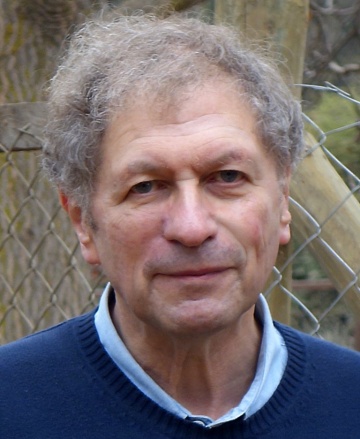Columbia College | Columbia University in the City of New York
Take Five with Stuart Newman ’65

What were you like when you arrived at Columbia?
Young — I was 16 — and a public school student from the outer boroughs (Brooklyn, then Queens), but already familiar with Manhattan (my father had a toy shop in the Hudson Terminal, the site that became the World Trade Center) and Columbia (I attended the Science Honors Program on Saturdays as a high school senior). My excellent teachers at Jamaica H.S. had already taught me to write, and I sailed through freshman comp, obtaining A+s. Science and math were more of a struggle, but a strongly felt need to comprehend the natural world kept me at it.
What do you remember about your first-year living situation?
I commuted from Fresh Meadows, lugging my CC books each morning on the Q44A bus, followed by the E, D and 1 trains. A hero sandwich from Ta-Kome for lunch, a milkshake after classes at the Crown Room and then the return trip to Queens. The coursework was demanding, leaving me little opportunity to socialize or participate in extracurricular activities. By my second year I was able to move to campus and I joined, wrote and drew for, and then edited, Jester.
What Core class or experience do you most remember and why?
CC was custom-made for that stage of my intellectual development, and the young Hobbes scholar Maurice Goldsmith ’54, GSAS’64 (who later became a revered political science professor in New Zealand) was my ideal teacher. It wasn’t so much the specific content of the course — there were so many conflicting views that most of them had to have been wrong, or incomplete — but, paradoxically, the fragmentary way the primary works were offered, with discordant shifts in worldview from one session to the next. The barrage of abstruse conjectures and arguments was an apt complement to the systematic narratives of more conventional courses, and good preparation for a scientific life that would involve integrating data from multiple scales, perspectives and disciplines. Moreover, I don’t think my research training alone would have given me the confidence to undertake the editorship of a philosophical science journal without this experience of immersion in the Core.
Did you have a favorite spot on campus, and what did you like about it?
Stepping into Van Am Quad as a high school student was what compelled me to apply. Its intimacy and balance hinted at an elegant world that, up till then, I could only imagine from fiction. Although the harsher side of things was also evident during my Columbia years — student movements against war and racism were brewing, and the University’s complicity in both were satirized in the Jesters we published — Van Am was always the place of College dreams. I have a picture postcard of it in my office.
What, if anything, about your College experience would you do over?
The whole thing, the same way.

